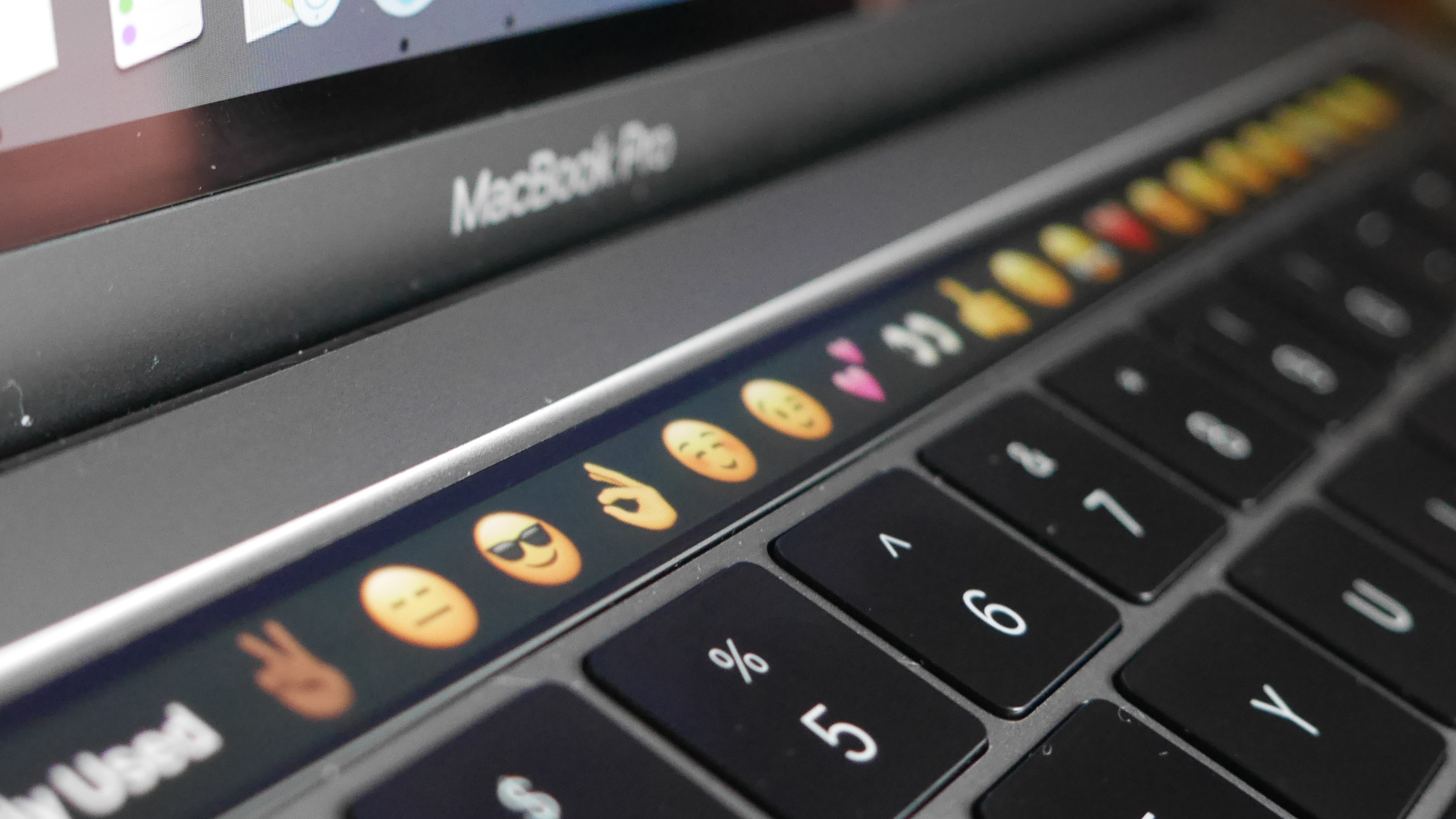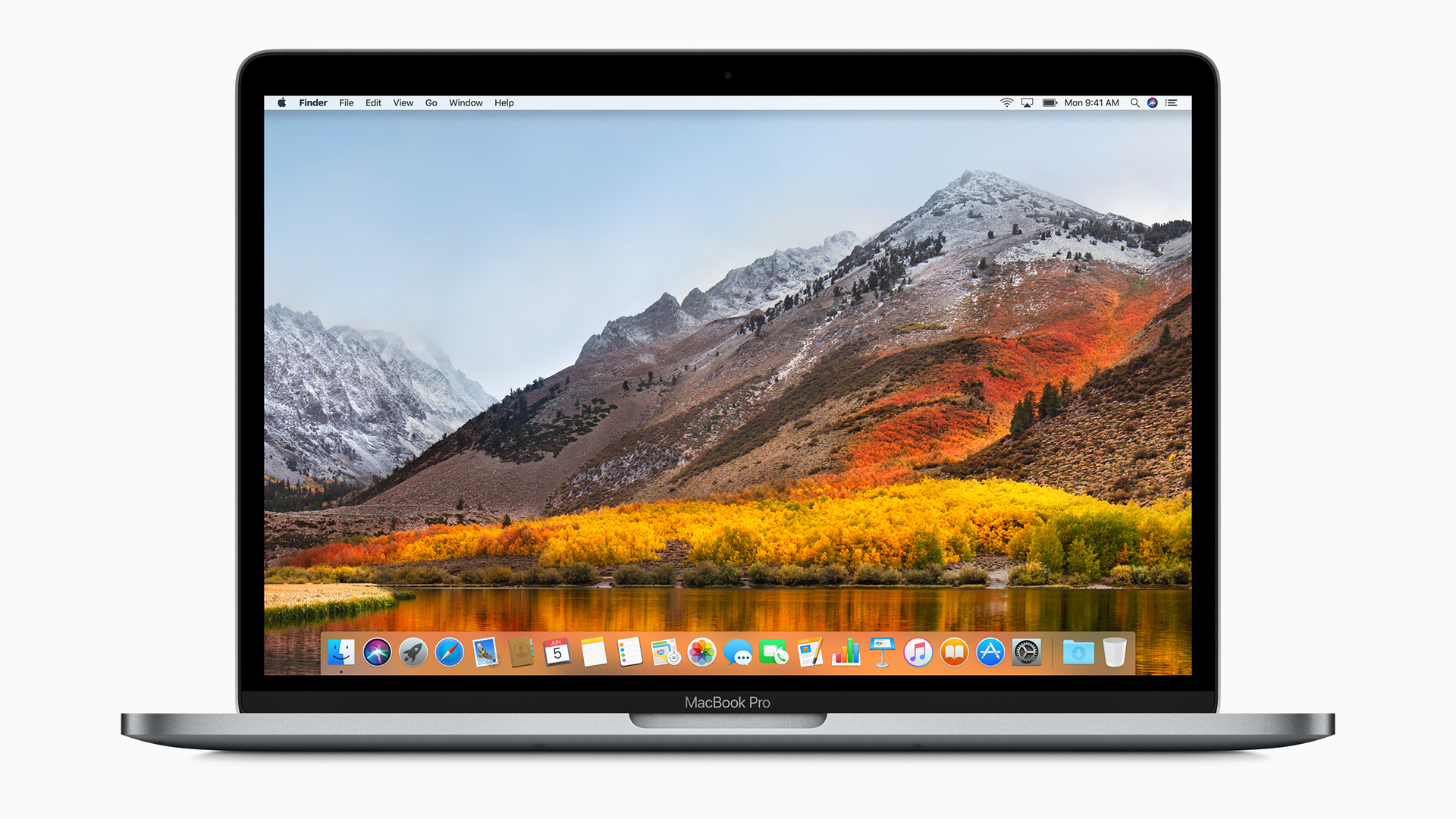The new MacBook Pro could have been so much more
Opinion: At least the holes are easy to fill for 2018

Last year, Apple released a completely redesigned MacBook Pro that was met with a mixed response, to say the least. The MacBook Pro 2017 refresh unveiled at this year’s WWDC was supposed to make good on those many missed opportunities.
Well, it’s now safe to say that the MacBook Pro still has plenty of holes to fill.
You see, while many Apple fans that balked at last year’s MacBook Pro having already-dated Intel processors will be pleased by this model’s current-generation chips, there are many more places where the MacBook Pro needs to improve to justify its relatively exorbitant price tag.
Luckily, these are all easy fixes – as they’re just more component upgrades – for the next rendition of the flagship Apple laptop.
- What's up with Apple's 12-inch MacBook?

The screen
Let’s address the elephant in the room first: nearly every major laptop vendor that ships devices with Windows 10 has offerings with 4K UHD (3,840 x 2,160) displays that cost comparably to the MacBook Pro.
That’s making it increasingly hard not to scoff at the term “Retina display” when looking at the MacBook Pro’s 2,560 x 1,600 and 2,880 x 1,800 pixel counts on the 13 and 15-inch models, respectively.
For instance, both the gorgeous Razer Blade and Dell XPS 15 of this year can be configured with sharper displays than either MacBook Pro. That means both of these laptops are better suited to creating and editing 4K – an ever-growing standard in the media world – media files than the MacBook Pro.
Get daily insight, inspiration and deals in your inbox
Sign up for breaking news, reviews, opinion, top tech deals, and more.
You can’t expect to work with 4K files on a screen that’s far below that in pixel count to begin with, at least with much confidence. And, to tell those customers to just pick up a 4K monitor isn’t a solution.
For the MacBook Pro to continue to keep pushing its Retina display moniker, it needs to go 4K in 2018.

The chips (and cores)
This largely pertains to the 13-inch MacBook Pro, which even in 2017 is still pushing Intel integrated graphics in dual-core processors. This is another area in which the smaller of the two flagship Apple laptops is getting trampled out there.
The Razer Blade is proof that you can cram both quad-core processors and discrete graphics chips into a thin and light laptop. Granted, the MacBook Pro is markedly thinner, but perhaps it’s time it gave up a few millimeters to components that would be truly worthy of that “Pro” suffix.
When you’re working with high-resolution media files, the memory that you have dedicated to graphics data, not to mention the amount of processor cores and threads you have for rendering, are absolutely crucial. It’s the very reason Apple crafted an iMac Pro with octadeca-core – that’s 18 cores – Intel Xeon processors and graphics cards with up to 16GB of video memory.

The ports
Look, leading the way forward into future standards of connectivity has been the MacBook’s bag for ages but, in 2016, it jumped the shark a bit, and WWDC was its change to walk that back a bit.
USB-C with Thunderbolt 3 is no doubt the future of hardwired connectivity, but the rest of the industry has still yet to catch up. Plus, in some specific cases, legacy media formats and connectors are still easier and perform just fine for most media professionals’ needs.
For instance, the SD card is by and far still the most widely used data storage and transfer format for cameras, whether they shoot stills or record video. Just this year we’re seeing cameras adopt USB-C ports, but very few so far support the new standard.
Users shouldn’t have to carry around myriad adapters just so that they can use their various devices with the MacBook Pro. (The iPhone 7 can’t even connect to the MacBook Pro without an adapter, for Pete’s sake.) And, no, wireless transfers just aren’t there yet.
However, by the time we see the next MacBook Pro these issues may very well be moot, but that still assumes everyone will have upgraded their just-fine smart devices and cameras by then to follow suit.

The light at the end of the tunnel
In short, the MacBook Pro may have shored up some of its relative shortcomings with its 2017 revision, but there’s still plenty of work to be done. We didn’t even mention RAM capacity and USB-C fast charging to offset losses in battery life.
Yet, as you can see, all of these are relatively easy fixes for the 2018 MacBook Pro. We’re not asking for brand new, never-before-seen features, but rather hardware worthy of a laptop that’s not only the best for professionals but also better justifies its high price tag.
All of these changes are well within Apple’s nigh-unlimited power and resources. Now, it’s time to wait and see whether the next MacBook Pro will achieve its full potential.
- But, hey, at least macOS High Sierra looks pretty fantastic
Joe Osborne is the Senior Technology Editor at Insider Inc. His role is to leads the technology coverage team for the Business Insider Shopping team, facilitating expert reviews, comprehensive buying guides, snap deals news and more. Previously, Joe was TechRadar's US computing editor, leading reviews of everything from gaming PCs to internal components and accessories. In his spare time, Joe is a renowned Dungeons and Dragons dungeon master – and arguably the nicest man in tech.
